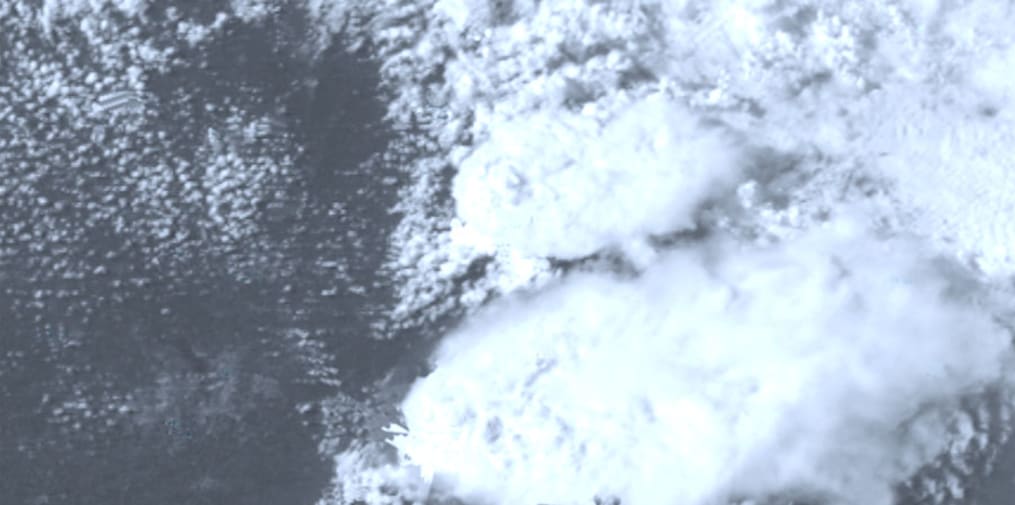Materializing Data, Embodying Climate Change
Funded by: AHRC
Project summary
The visual arts do not possess an imaginary of climate change that is capable of accounting for what science has shown us of how the planet and its climate functions, i.e. a complex of atmospheres, oceans, landmasses and energy exchanges within which we are implicated.
We propose that just as we experience our climate physically through immersion in landscapes and weather, our representations and experiences of climate change might change if we encountered its data in physical forms. In our project we take climate data (geological, atmospheric, biological) off digital screens and translate it into physical objects, artworks and environments.
Data offers new ways to represent phenomena by being able to capture hidden dimensions, patterns and activities in forms that other artistic media such as moving image, sculpture or photography on their own cannot. Climate data, in particular provides insights into a range of invisible phenomena describing vast geological timescales, complex systems, atmospheres, biotics and other planetary inscriptions which require palpable expression to enable us to reflect on how we impact the environment. We propose that the richness of this material represents an unexplored scientific imaginary, denotative of hidden material forms and Earth systems, that can change both artistic and scientific approaches to the representation of our changing planet.
Our research brings artists, scientists and programmers together within a shared enquiry to ask: what aesthetic, social and material relations can be generated through transforming climate data into forms that can be touched, shared and inhabited? What creative and critical languages arise from such an approach?
Project team
- Co-Investigator: Dr Louise Sime, British Antarctic Survey
- Co-Investigator: Professor George Roussos Birkbeck College, University of London
- Specialist Advisor Art and Science: Giles Lane, Proboscis
- Post-doctoral Research Assistant: Erin Dickson, Central Saint Martins
- Post-doctoral Research Assistant: Dr Jonathan Mackenzie, Central Saint Martins
- Visiting Senior Research Fellow: Gavin Baily, Central Saint Martins
Project objectives
Our project asks the following questions:
- How can practice-based art and design research develop new languages and imaginaries of climate change, by bringing its data out into the world in physical, relational, forms?
- How can the production of physical artworks from ‘factual data’ describe new possibilities for representing climate change?
Related links
- The Materializing Data research project is based in the Manifest Data Lab at CSM

